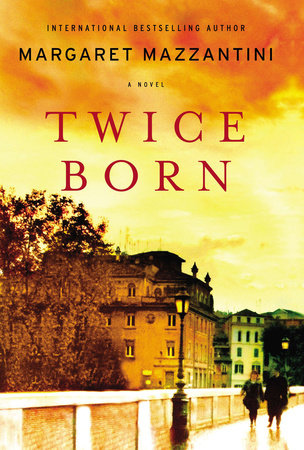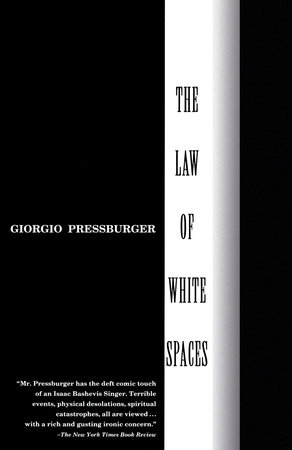Author Q&A
Q: What’s the story behind the title of the novel?
A: When I learned that nostalgia was one of the names used in the nineteenth century for the condition we today call post-traumatic stress disorder, I thought it an irresistible title for the book: not only did it have the double meaning (a mental disorder and a past time recalled), but in this context it was also ironic—contemporary usage often connotes a past time fondly recalled. Also, the word’s etymology (ancient Greek for “return home” and “pain”) made a great epigraph for the book.
Q: Why did you decide to write about PTSD, and how did you come to set the story during the Civil War?
A: In the news and among people I met, I kept hearing about the soldiers who were coming back from our wars (in Iraq and Afghanistan) injured in this particular way. I decided to learn more about it and read Ilona Meagher’s book, Moving a Nation to Care. It’s a great overview of the problem and includes a chapter on the history of PTSD. Big surprise, it turns out that soldiers have been mentally and emotionally damaged by combat from the beginning of time. Two facts particularly struck me: whatever we’ve learned about this condition and how to treat soldiers suffering from it seldom got carried forward to the next war—it was as if we forgot about this dire consequence of combat, and with each new war, we had to reinvent the wheel; and I read that during the American Civil War, these “crazy” soldiers would sometimes be cut loose on the battlefield and left to find their own way home, which I found heartbreaking.
I was planning to write a novel on this subject set in contemporary times, and I had in fact written about 60 pages of just such a book. (This material eventually got condensed into a short story, “Stateside,” that was recently published in The American Scholar.) But when I encountered these compelling details in Meagher’s book, I thought if I set the story during the Civil War, I had at least a chance to write something that wouldn’t seem only topical.
Q: Why add Walt Whitman to the novel and make him such a pivotal character? Was he there from the beginning?
A: I read somewhere that anybody with a halfway decent high school education knows that Walt Whitman was a wound dresser in the Washington military hospitals during the Civil War. So I’m embarrassed to admit that I was among those who didn’t know it. My wife, Michelle Blake, who is also a writer and smarter and better educated than I, told me about Whitman when I was first doing the research for this possible book. Whenever I’m trying to conceive a new novel, there is usually a moment at which I feel I’ve gathered enough pieces of the puzzle to begin writing. Whitman was the added richness that pushed me over the line, and he did not disappoint. I think his presence in the story provides a kind of antithesis to the horror of war—and if there was anybody who would understand invisible wounds, Whitman would.
Q: How did you do your research into these Civil War hospitals? And how did you research the diagnoses and treatment of “nostalgia” patients?
A: This kind of research is a lot easier nowadays because of the World Wide Web. There’s quite a bit known and documented about the physical layout of the hospitals, where they were located, etc. For atmosphere, there are of course Whitman’s own notes (collected in Memoranda During the War). And George Worthington Adams’s Doctors in Blue, published in the 1950s, is a pretty thorough study of Civil War medicine. I discovered through the reading I did that despite all that’s known, there’s quite a bit that remains unknown. So I was able to take some fictional license about some things, but I also tried not to commit anachronistic errors, and I certainly didn’t make up any medical procedures.
Q: Was the three-day battle that Summerfield fights in real?
A: Yes, the Battle of the Wilderness, took place in May, 1864. Though the battlefield passages are written entirely from Summerfield Hayes’s point of view, I moved him through these passages using the actual events, developments, and troop movements as my guides.
Q: What have been the greatest influences on your writing and in writing this novel?
A: When I was starting out as a young writer in my mid-twenties, Flannery O’Connor’s Mystery and Manners was the greatest influence on what I was determining then to be my ambitions—and within that collection, the essay entitled “The Nature and Aim of Fiction.” I believe she reveals everything an aspiring fiction writer needs to know about where to put one’s focus, what to care about, what to take pains to achieve as best you can. She makes clear, for example, that what a reader perceives must enter through the reader’s perceptive apparatus, the senses. Strunk and White’s The Elements of Style taught me how to compose a good English sentence, and White’s essay “An Approach to Style” convinced me that my style would emerge in accordance with who I was and that I should proceed with “plainness, simplicity, orderliness, and sincerity.” And I had the great good fortune of having Frank Conroy for my first writing teacher, whose influence was deep and broad. Among the abundant treasure of his exhortations was this one: “dramatize, dramatize, dramatize, dramatize.”
With the exception of some of Ambrose Bierce’s stories, I did not read any Civil War fiction while I was writing Nostalgia, specifically because I didn’t want to be influenced by what others had already done.























